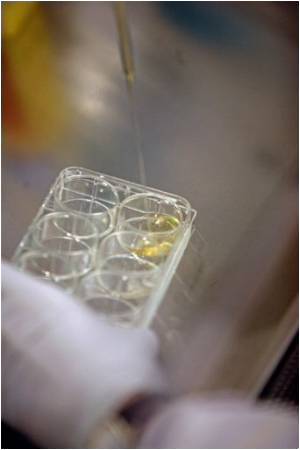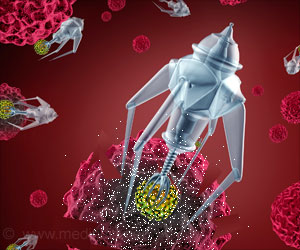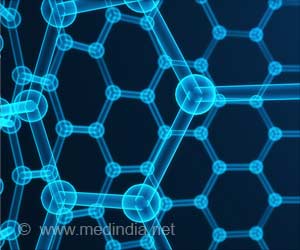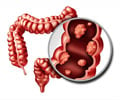Anti-cancer drugs encapsulated in Nano Bubbles can be designed so that the drug is delivered right at the spot and when we need it to start interacting with the cancer cells. This method has been proved effective in the case of bowel cancer cells.

‘Drug-filled nanobubbles is such an innovative method that it can be triggered in the body by X-rays which may help kill the malignant cells when it is at its most vulnerable.
’





"The development and application of various nanomaterial designs for drug delivery is currently a key focus area in nanomedicine," said lead author Wei Deng, from ARC Centre of Excellence for Nanoscale BioPhotonics (CNBP), Australia. "Liposomes are already well established as an extremely effective drug-delivery system. Made out of similar material as cell membranes, these 'bubbles' are relatively simple to prepare, can be filled with appropriate medications and then injected into specific parts of the body. The issue, however, is in controlling the timely release of the drug from the liposome," Deng added.
For the study, published in the journal Nature Communications, the team embedded gold nanoparticles and the photo-sensitive molecule verteporfin into the wall of the liposome, in a laboratory setting
The X-ray radiation caused the verteporfin to react and produce highly reactive singlet oxygen which destabilizes the liposomal membrane, causing the release of the drug, Deng explained.
"The gold nanoparticles are added into the mix as they focus the X-ray energy. This enhances the singlet oxygen generation and hence improves the speed of the membrane breakup," she added.
Advertisement
Thus, controlling the timely release of the drug from the bubble is very crucial, Deng said.
Advertisement















